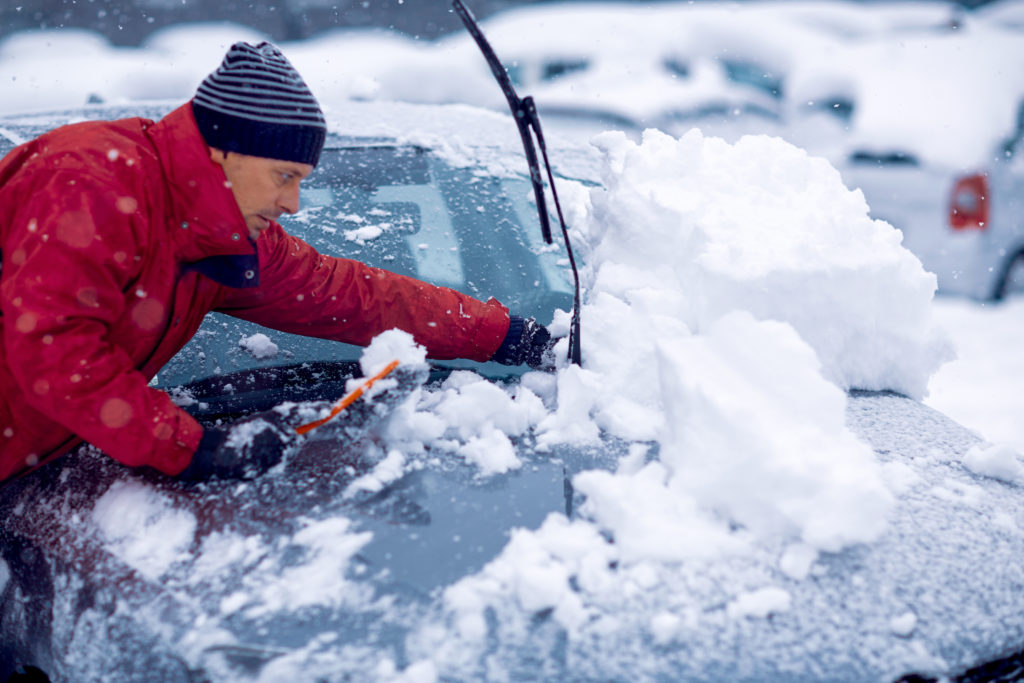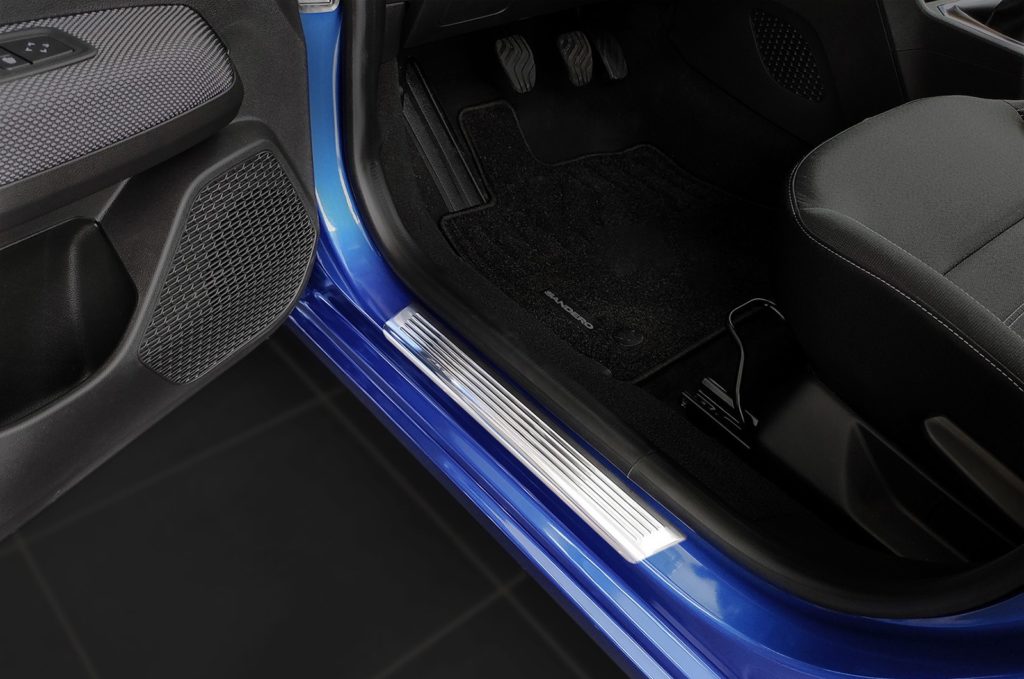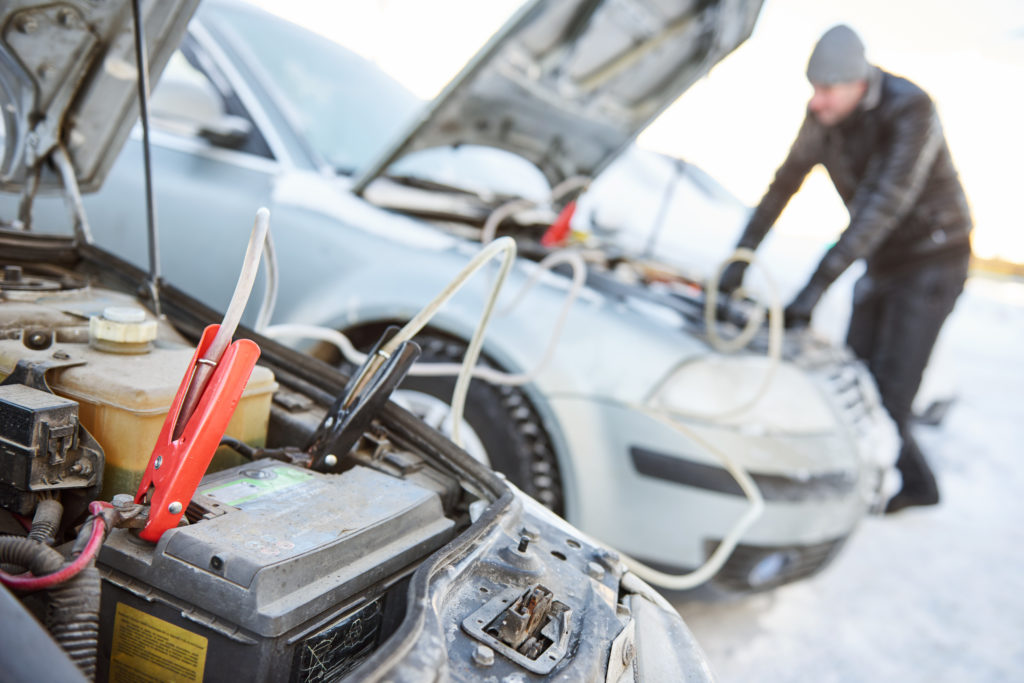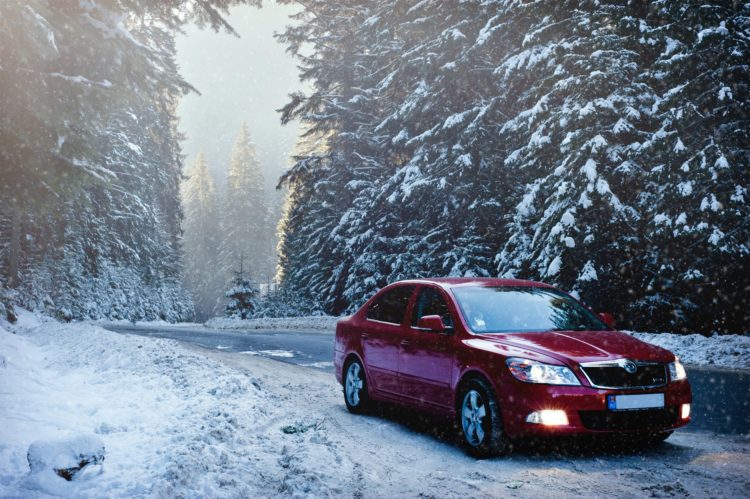The calendar winter of 2021 has already begun. We probably have a few weeks of difficult weather ahead of us. Although winters have been slightly milder in recent years, there are still frosts exceeding minus degrees of Celsius. We all remember last winter, when we were wading in snow up to our armpits. White fluff, mixed with mud and road salt, can do a lot of damage. It can be minimized, provided that we follow a few rules.
1. Prepare the car for driving
Prepare your car before you get behind the wheel. Removing snow and ice from your car of course it one of the most important things to do. However, what you should absolutely remember about is to check under the bonnet and around the air vents if there are any remaining branches or leaves. Litter clogs up the drains, causing moisture, and by the end of the winter it becomes a collecting point for “brine” mixed with dirt. As a result, the windows start to evaporate, causing reduced visibility. You can read about how to protect your car from corrosion here.

2. Get a shovel and sand
You’re lucky if you had these gadgets in your car last winter. Even though we don’t know how much snow will fall this year, it’s safer to get a small shovel and sand for sprinkling the wheels in advance. Some people also take thin wooden planks with them, which they put under the wheels if necessary. It may be beneficial when we notice snow-covered and icy roads outside the window in the morning, and we have to be at work in 15 minutes.
3. Carefully remove snow from your shoes
It’s standard driver behaviour to shake off the snow from your shoes by tapping on the on the door sills. However, thoroughly cleaning your shoes should become a habit. The snow-covered soles slide over the pedals and this creates the risk of an accident. However, it should be done carefully. Women’s heels in particular can cause deep scratches on the ledges of car steps. To prevent this, you can easily protect them with door sills or a protective foil. Installation takes only a few minutes and effectively protects against mechanical damage.

4. Load your car
The more the car weighs, the better it sticks to the road. If you are afraid of skidding because your car is light, load your car. Fill it up with full fuel. You can also put heavier items inside to increase the weight of your vehicle. Don’t overdo it, though, because putting too much weight on the rear axle in front-wheel drive will cause even more grip problems.
5. Be forgiving
At this particular time of year, it is worth looking at other road users with a slightly more “sympathetic eye”. It may happen that we encounter drivers who are stuck on the road. In most cases it is unplanned and it is unintentional to block the traffic. This situations are often the result of being stucked in snow or having difficulty moving along the “icy road”. The extra nerves on the road are no good to anyone. Remember, while standing in a traffic jam, let the drivers who are waiting on the minor road to go, obligatorily let the people pass the pedestrian crossing and help the drivers having problems with their cars. By helping each other, we can increase road safety and improve accident statistics as a result. Leaving home 20 minutes earlier avoids the rush and stress that can lead to a collision.




![How to safely transport christmas tree? [Infographic]](https://blog.avisa.pl/wp-content/uploads/Jak_przewiezc_-choinke-150x150.jpg)



